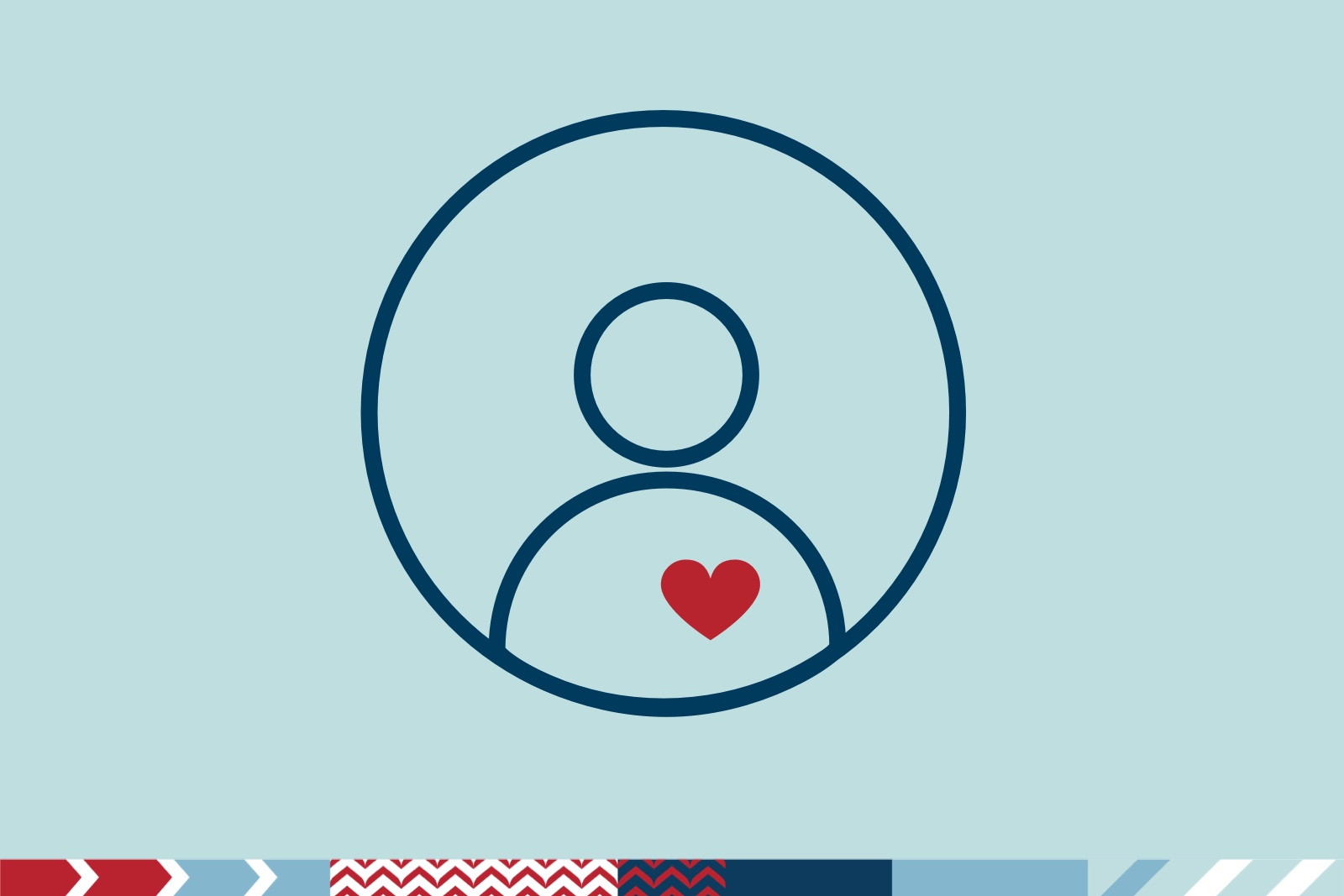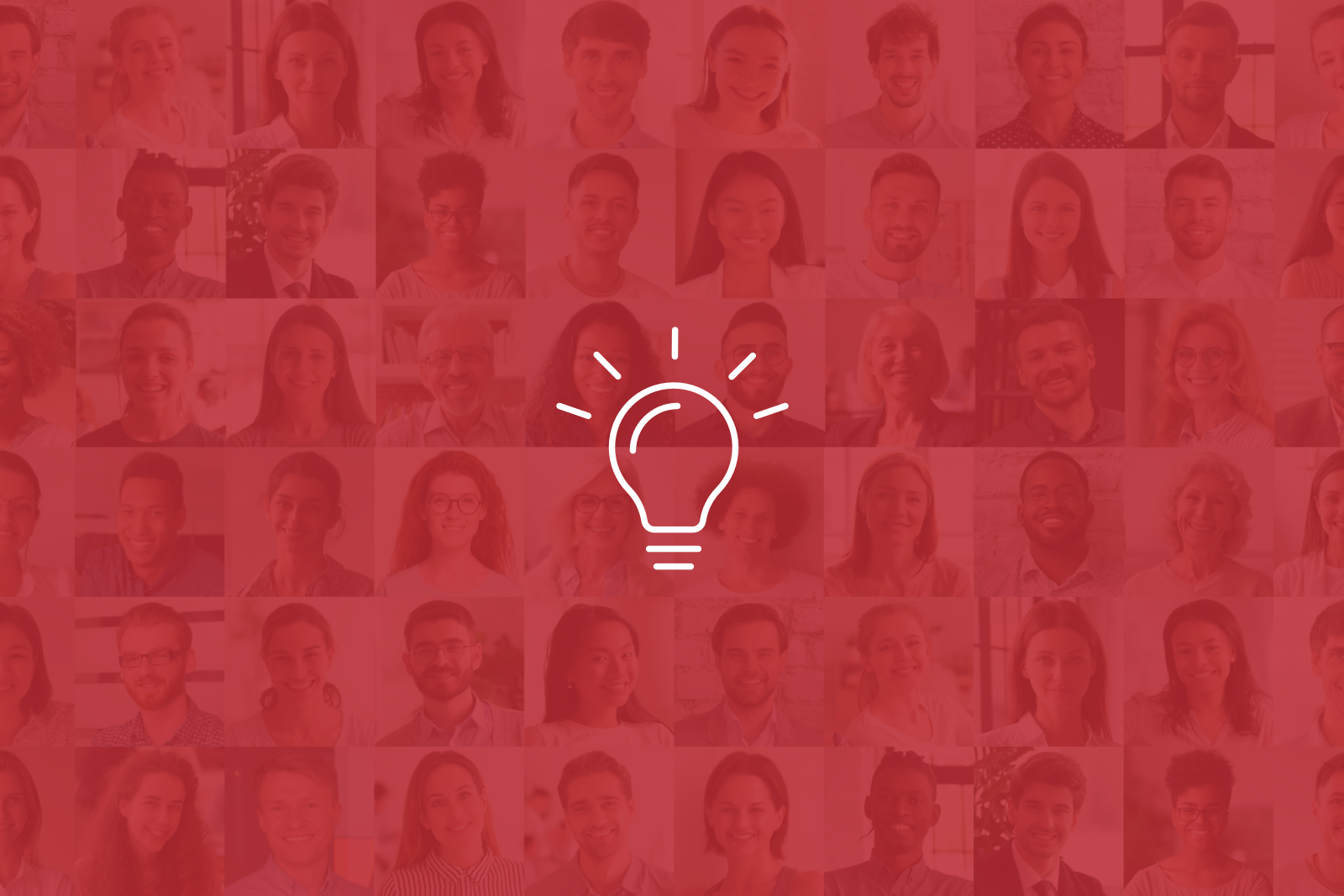Employee Loyalty Deserves Its Own Strategy

The crisis and stress of the pandemic created a widespread reconsideration of individual priorities. That shift in thinking led to 47.8 million resignations in 2021, the highest number in a single year, according to the Bureau of Labor Statistics. According to a recent Pew Research Center survey, low pay, lack of advancement opportunities, and feeling disrespected are the top reasons employees are handing in their notice. The trend is so remarkable that this moment is being called the Great Resignation. Ongoing division in the country, continued civil unrest, and rising inflation will likely extend the trend.
The Prudential-Morning Consult Pulse of the American Worker Survey: Special Report says 26% of respondents plan to find a new employer when the chaos of COVID-19 settles. Further, one in five workers have changed their line of work entirely, citing the top reasons as: “work-life balance, better compensation, and trying something new.”
What happened to employee loyalty?
Harvard Business Review famously wrote that it costs far more to acquire a new customer than to retain an existing one. According to the Society for Human Resource Management, the same principle applies to talent management. In that case, shouldn’t organizations approach employee loyalty like they do customer loyalty?
Here’s the heart of the matter: Should companies treat employees like they’re lucky to have their jobs, or like the organization is lucky to have them?
In the tumult of the pandemic, companies demonstrated their potential to be nimble and flexible, successfully shifting to a largely remote workforce—almost overnight—and carried on with the course of business. In the face of staggering resignation statistics and an ultra-competitive labor market, it’s time to leverage that same agility to rethink employee engagement and retention.
Highly successful loyalty strategies span years and consider the end-to-end customer journey. They’re built to communicate with their customers that: they’re known, recognized, and valued for their loyalty—and they’ll be rewarded for that loyalty. What if those core ideas were applied to workforce engagement to build and maintain employee loyalty?

Let’s break it down.
First, an effective loyalty strategy must meet three critical criteria: financial viability, operational feasibility, and a compelling value proposition. Careful consideration of all three corners of the loyalty triangle will help you design and scale your employee loyalty strategy and manage the corporate investment effectively.
Here at The Lacek Group, we’re practiced applying the principles of loyalty to all types of business models and sectors—it’s what we do. Let’s now apply that deep knowledge of loyalty strategies that drive acquisition and retain long-term loyal customers to an employee-centered model of loyalty:
Leading with personal appreciation
Personalization and recognition of valuable actions are at the core of all successful loyalty strategies—and employers can offer employees both every day. According to recent research, “the average person will spend 90,000 hours at work over a lifetime.” That’s around one-third to one-quarter of a lifetime. Given the scope of that commitment, employees need to feel their contributions matter.
As a digital marketing expert at 3M Health Care, I was often asked to share my expertise in global forums, which made me feel my contributions were valuable. In addition, my team was recognized with the internal “Outrageous Marketing” award multiple times. It was a somewhat silly award that came with bragging rights and an inflatable donut for a month, but it conveyed that the organization celebrated my team’s knowledge and innovation.
Ideas to consider:
-
Build a framework for manager input that triggers personalized recognition, showing your employees just how much you value their ongoing contributions.
-
Recognize tenure. An employee’s years at an organization are worth noting—or you risk that time being considered less valuable in their view as well.
-
Acknowledge achievements and significant above-and-beyond efforts.
-
Elevate your most productive employees and help them share their expertise. Their leadership is a precious resource.
-
Don’t lose sight of the value of cultural contributions to the workplace; they’re often the thread that weave an organization. Employees can help drive diversity, equity, and inclusion (DEI) improvements; spearhead charitable activities; and/or organize employee social events. These valuable investments bring employees closer together and contribute to a cohesive work community.
Creating surprise and delight
The little things really do matter, and they don’t always require a large expenditure to be effective. A number of large brands have led the way with generosity in the last two years. For instance, Delta Air Lines carried over frequent fliers’ unspent miles past their expiration dates since travel was restricted during the pandemic. Nordstrom recognized that their customers were unable to visit their stores during lockdown, so they carried over earned member tier status. Tokens of appreciation like these go a long way in creating loyalty.
Ideas to consider:
-
Unexpected paid time off. With the stress of—well, let’s be real, everything—burnout is trending. Lacek’s parent organization, Ogilvy, recognized Mental Health Awareness Month with a surprise Friday off, inviting employees to enjoy a long weekend to rejuvenate.
-
The delivery of a boxed treat or a modest gift card on an employee’s birthday is a caring gesture that communicates appreciation.
-
A personalized plaque recognizing a milestone can be a daily reminder on an employee’s desk that their achievement was valued.
Offering incentives and rewards
An Incentive Research Foundation study found that “properly constructed incentive programs can increase performance by as much as 44 percent.” That’s just one illuminating statistic that highlights how goal orientation paves the way to success. In loyalty strategy design, tiered approaches (e.g., entry-level membership followed by earned elite tiers) create aspiration and generate additional consumer spend and/or investment. People want to be recognized and rewarded for their performance and behavior—it’s just human nature.
So how can an organization create an ecosystem of aspiration, innovation, and excellence for its employees?
Ideas to consider:
-
Create a tiered framework—tied to a reward structure—that marks and celebrates professional investment.
-
At the outset of critical initiatives, set reward benchmarks that recognize achievements above and beyond expectations. After all, we’re all accountable for doing our jobs well. However, when employees excel past baseline good performance, their excellence should be rewarded.
-
Incentivize educational advancement. Whether it be a LinkedIn learning course or an advanced degree or certification in an employee’s specialty, acknowledge and reward that investment. At the end of the day, your organization will benefit from the knowledge and insights gained.
-
Measure performance. Every loyalty strategy should include measurement, whether it be engagement, spend, or advocacy. Set realistic expectations and incentivize beyond those.
Building an authentic community
Employees, just like customers, want to feel your organization reflects their core values. Create community by constructing a shared set of values that everyone in the organization recognizes and operates under.
Ideas to consider:
-
Communicate frequently. Set up a system for consistent communication with employees and make timely announcements through official channels.
-
Solve employee pain points. Be open rather than defensive to employee feedback and make sincere efforts to mitigate issues. If you can’t solve certain problems, be open about why.
-
Be transparent and honest. Employees will respect you for sharing both the good and the bad. Even if it’s sometimes awkward or difficult, honesty builds trust, and that’s a valuable currency to cultivate.
-
Identify brand advocates within your organization and allow them to lead. Influencers have far more trust within their communities than the company itself.
-
Let’s just acknowledge it—we’re in a customer service crisis. And your employees are your customers. Make sure your HR professionals are well equipped to be human, responsive, and agile.
Remembering loyalty is a two-way street
The most loyal employees are those whose employers demonstrate loyalty in return. Expressed another way, loyalty engenders loyalty. So think of your expressions of trust in and care for your employees as a long-term investment that will see tangible and intangible returns.
Ideas to consider:
-
Trust them to do their jobs. Remember, you hired professionals. Allow them to seize new challenges and resist the urge to micromanage. Let them structure their workdays in whatever ways they find most productive.
-
Extend empathy. Your employees are human beings not widget-making automatons. Give them grace when dealing with family emergencies, medical issues, mental health, and other challenges. Understand that sometimes work interferes with personal obligations, and personal circumstances may occasionally impact their workdays.
-
Differentiate yourself from other employers to create loyalty. Be the employer you’d want to work for, and your employees will become your biggest ambassadors.
Consumer demands evolve at warp speed—and now, more than ever before, that’s true too of employee needs.
Alongside sustained resignations, competition for talent is growing. So perhaps it’s time to consider new and innovative approaches. Don your customer hat for a moment to consider what makes you loyal to and engaged with a brand. How do you want to be rewarded for your continued devotion?
From that perspective, employee-focused loyalty strategies become a conspicuous advantage in nurturing viable, long-term employee relationships.
Tess MacGibbon serves as vice president, Growth Marketing, for The Lacek Group, a Minneapolis-based data-driven loyalty, experience and customer engagement agency that has been delivering personalization at scale for its world-class clients for more than 30 years. The Lacek Group is an Ogilvy company.

